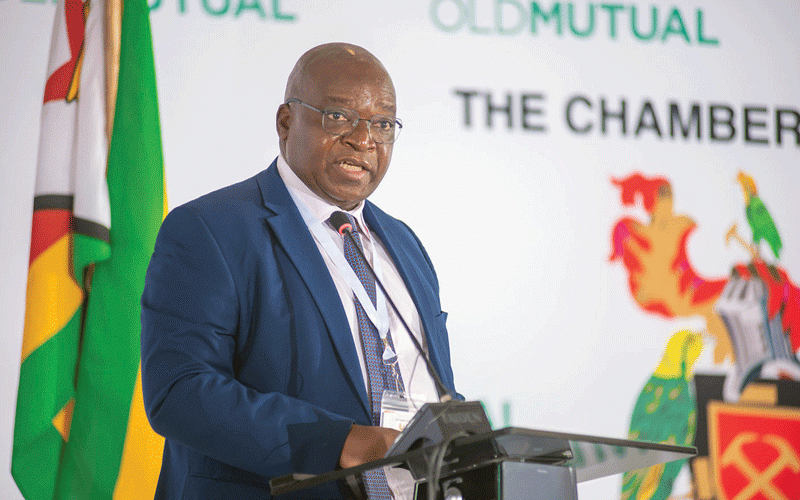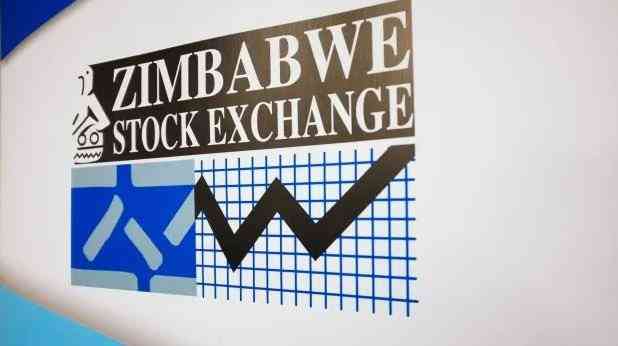
GOVERNMENT departments are intensifying demands for miners to pay taxes and fees in foreign currency — on top of the mandatory 30% surrender of export earnings — further straining the industry’s already pressured forex inflows, the industry body has said.
Zimbabwe’s mining industry badly needs significant capital injection, with the gold sector alone needing US$1 billion in capex, according to the Chamber of Mines of Zimbabwe (CoMZ).
The pressure from the government also comes at a time when the Mines and Mining Development ministry has embarked on an aggressive campaign to ensure that gold deliveries for the year reach 40 tonnes.
Part of these efforts includes offering small-scale gold miners, who contribute more than 60% of gold production, 5% for every 500 grammes of gold delivered to Fidelity Gold Refinery.
“The foreign currency retentions are under disproportionate pressure as suppliers of goods and services, including some government departments, including Zesa (power utility), are demanding payments exclusively in foreign currency,” CoMZ chief executive officer Isaac Kwesu told the Zimbabwe Independent in an interview.
“With most mining companies undertaking expansion projects while some are spending on beneficiation facilities.
“The available foreign currency falls far short of the requirements of the mining industry. As a result, mining companies are optimising their operations to align with the available forex while some capital projects are being reconsidered in view of the foreign currency shortfalls.”
He said the 30% surrender portion continued to lose value due to disparities between the official and the parallel market exchange rate.
- Miners in urgent plea for forex
- Lithium symposium to headline Chamber of Mines conference
- Mining sector energy demand to surge 344%
- Gold production down 11%
Keep Reading
“Mining companies receive the surrender portion at the official rate at a time local inputs are priced at a depreciated parallel market rate,” Kwesu added. “The resulting parallel market premium is akin to an implicit tax on exporters, which impacts negatively on the viability of mining projects.”
He said the chamber had been engaging the government with a view to reducing pressure on retentions by making the payments for electricity bills and taxes in line with the forex retention framework.
Kwesu added that these proposals also included ensuring that mining companies can procure inputs from suppliers at the prevailing official exchange rate.
Suppliers often exercise “forward pricing” in offering goods and services in the procurement process.
Forward pricing involves setting prices for goods and services on anticipated future costs rather than current ones, a move taken owing to continued exchange rate volatility.
“The chamber continues to advocate for a competitive fiscal framework for the mining industry that is benchmarked to regional and international best practice,” Kwesu said. “Such a tax framework will not only restore the viability of mining projects but also improve the competitiveness of Zimbabwe as a destination for investments into the mining sector.
“We believe that with further information sharing and engagements with authorities, there is huge scope and opportunity for a review of the current fiscal framework to align it with best practice.”
Mining is one of two industries, the other being agriculture, that generates the majority of Zimbabwe’s foreign currency, which has been on a decline in recent years.
The decline is owing to massive public debt, making Zimbabwe ineligible to access fresh lending in most markets, as well as corruption, exchange volatility, high current account deficit, informalisation and liquidity shortages.
In its recent country brief of Zimbabwe, the African Export-Import Bank noted that Zimbabwe’s growth performance has been driven by expansions in agriculture, mining activities, and services fuelled by remittances.
“In 2024, mining represented more than 60% of Zimbabwe’s total export earnings, with gold, the largest contributor, generating approximately US$2,5 billion,” the bank said. “Platinum production, driven by key players such as Mimosa and Zimplats, accounted for around US$1,8 billion, while diamond mining, particularly from the Marange fields, generated about US$420 million.
“Lithium, an emerging sector in Zimbabwe, saw significant growth, with exports reaching US$210 million, fuelled by increasing global demand for battery minerals.”
The bank added that coal production, although primarily used for domestic use, contributed to the country’s energy security and accounted for approximately US$150 million in revenue.
It also revealed Zimbabwe was shifting its diplomatic and economic ties to China, Russia and South Africa in response to Western-targeted sanctions.
“China has become a key partner, providing significant investments in infrastructure, mining, and energy projects,” the bank said.











